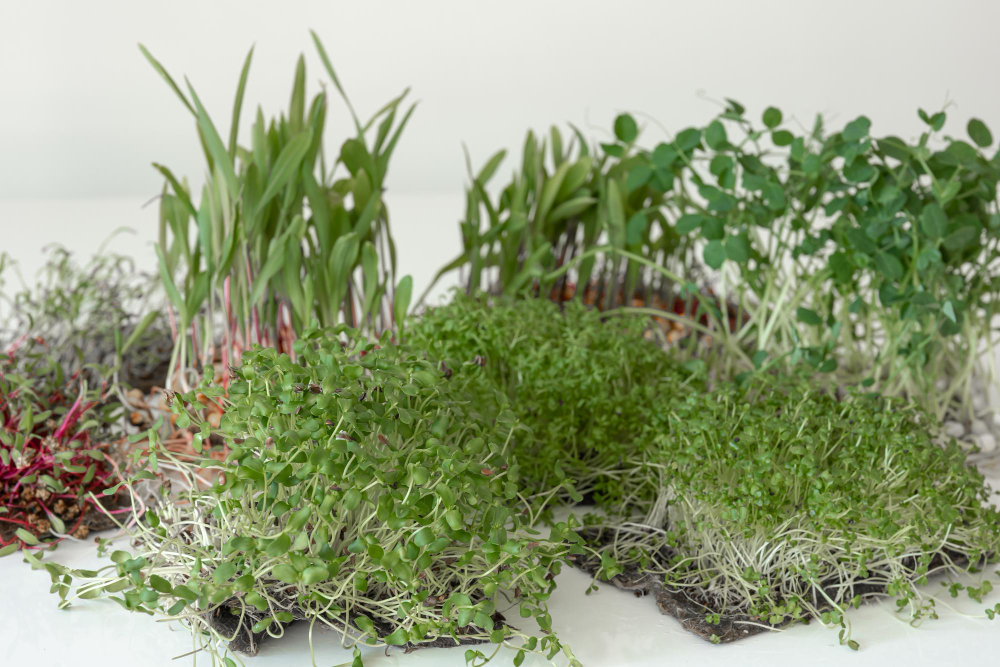Identifying the Most Common Lawn Weeds in Ohio
POSTED ON May 11, 2025 BY Galena Lawn Care
Maintaining a lush, green lawn is something every Ohio homeowner dreams of when March begins giving way to Spring, but like anywhere with fertile soil, plants and flowers aren’t the only things that bloom when the season begins to change.
One of the most persistent issues Ohio homeowners face in maintaining a healthy lawn is the invasion of unwanted weeds. These intruders not only become eyesores in terms of the aesthetic appeal of your yard but also compete with your grass and other blooms for nutrients, water, and sunlight, leading to weakened turf and increased susceptibility to pests and diseases.
Understanding which weeds are common nuisances for yards in Ohio are important, but knowing how to identify and control them is crucial for maintaining a healthy, well fed and nourished lawn.
Below, we delve into ten prevalent lawn weeds in the Buckeye State, their impacts, and strategies for eradication.
Dandelion
How to spot it: You’ll see bright yellow flowers that turn into fluffy seed heads and deeply toothed leaves forming a rosette at the base.
How it hurts your lawn: Dandelion competes with grass for nutrients and space, and its seeds spread rapidly by wind.
Tips to eradicate: Apply a selective broadleaf herbicide in early spring or fall, and mow regularly to prevent seed formation.
Crabgrass
How to spot it: Crabgrass has a common, grass-like appearance with wide, light green blades, and grows in clumps that spread outward.
How it hurts your lawn: Outcompetes turfgrass in thin or bare spots, and thrives in the hot, dry conditions of summer.
Tips to eradicate: Use a pre-emergent herbicide in early spring, and maintain a dense lawn through proper fertilization and mowing.
Ground Ivy
How to spot it: This weed grows low, with round, scalloped leaves and small purple flowers, emitting a minty odor when crushed.
How it hurts your lawn: Forms dense mats that smother grass, making eradication difficult due to creeping stems.
Tips to eradicate: Apply a post-emergent herbicide containing triclopyr, improve lawn drainage, and reduce shade to discourage growth.
White Clover
How to spot it: Look for three lobed leaves with white markings and small white flower heads.
How it hurts your lawn: Fixes nitrogen, which can benefit soil, but indicates low nitrogen levels in lawns.
Tips to eradicate: Increase nitrogen fertilization, and apply a broadleaf herbicide if necessary.
Yellow Nutsedge
How to spot it: This pest is grass like with triangular stems, shiny yellow-green leaves and produces tubers underground.
How it hurts your lawn: Grows faster than turfgrass, and is difficult to control due to underground tubers.
Tips to eradicate: Use a selective sedge herbicide, avoid overwatering and improve soil drainage.
Common Chickweed
How to spot it: You’ll see small, oval leaves with a pointed tip and tiny, white, star-shaped flowers.
How it hurts your lawn: Forms dense mats that crowd out grass, thriving in cool, moist conditions.
Tips to eradicate: Hand pull before seed production, and apply a pre-emergent herbicide in early spring.
Henbit
How to spot it: Square stems with rounded, scalloped leaves and purple tubular flowers.
How it hurts your lawn: This winter annual germinates in fall and blooms in the spring, competing with grass early in the season.
Tips to eradicate: Apply a pre-emergent herbicide in late summer, and maintain a thick lawn to prevent establishment.
Canada Thistle
How to spot it: Spiny, lobed leaves with purple flower heads and an extensive root system.
How it hurts your lawn: Aggressive spreader that can dominate lawns; difficult to eradicate due to deep roots.
Tips to eradicate: Repeated applications of systemic herbicides; consistent mowing to prevent seed production.
Japanese Knotweed
How to spot it: Tall, bamboo-like stems with broad leaves and clusters of small white flowers.
How it hurts your lawn: Highly invasive and can damage foundations and hardscapes.
Tips to eradicate: While professional removal is recommended, applying a systemic herbicide in late summer or early fall is ideal.
Poison Ivy
How to spot it: This dangerous pest can grow as a vine or a shrub, sporting three leaflets with pointed tips.
How it hurts your lawn: In addition to spreading rapidly in shaded areas, poison ivy can cause skin irritation upon skin contact.
Tips to eradicate: Apply a brush killer herbicide to cut stems, and remove carefully with protective clothing.
In addition to being an eyesore, weeds can significantly impact the health and appearance of your lawn. By familiarizing yourself with these common lawn weeds and implementing appropriate control measures, you can maintain a vibrant and healthy yard. Regular lawn maintenance, proper fertilization, and timely weed control are key to preventing these invasive plants from taking hold.
Curious about the state of your lawn? Keep a lookout for the weeds above, and get a second opinion when in doubt!
Galena Lawn Care (galenalawncare.com) is a comprehensive landscaping company providing a wide array of services to residential and commercial clients in Galena, Ohio, and neighboring communities including Sunbury, Westerville, Delaware, and Lewis Center.
Key services offered by Galena Lawn Care include:
- Lawn Care: Grass cutting, lawn aeration, seeding, and fertilization.
- Landscaping: Design and installation, hardscape installation, and ongoing landscape maintenance.
Tree Services: Tree removal and trimming.
- Seasonal Services: Yard cleanup (including leaf removal), snow and ice management, and Christmas light installation.
- Specialized Services: Weed control and mulching.